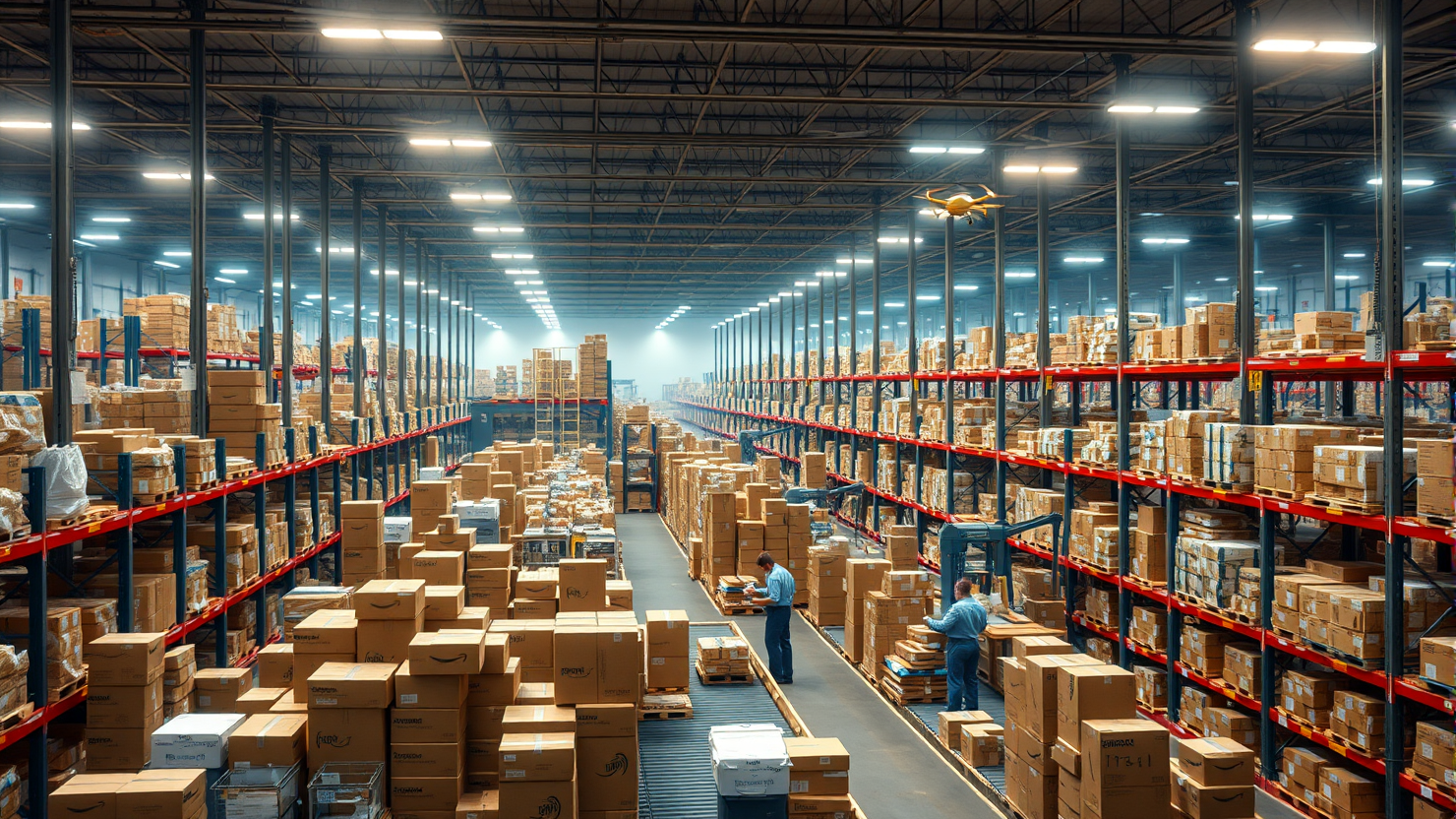Johnson Controls Transforms Buildings from Climate Burden to Sustainable Assets with Trifecta of Technologies

Buildings account for approximately 40% of global greenhouse gas emissions, according to the International Energy Agency, a figure that often goes unaddressed in climate change discourse.
For Katie McGinty, Chief Sustainability and External Relations Officer at Johnson Controls, this statistic represents both a challenge and an opportunity.
With a 140-year history and over 100,000 employees spanning across 150 countries, Johnson Controls is committed to driving technological innovation that transforms buildings from energy liabilities into intelligent, sustainable resources.
“Until we decarbonize those buildings, we can’t effectively decarbonize the climate,” McGinty explains. “Fortunately, we have a trio of technologies today that can shift buildings from being a burden on both the environment and financial ledgers, to becoming net-zero or even energy-positive.”
This trio, comprising efficiency, electrification, and digitalization, is revolutionizing perceptions of built environments. Properly employed, these technologies have the potential to make buildings not only self-sustaining but also revenue-generating entities by selling excess electricity back to the grid.
Johnson Controls is actively pursuing this vision with its own infrastructure. The company is on the verge of achieving its science-based emissions reduction targets.
McGinty cites Johnson Controls’ factory in Norman, Oklahoma, as a model example. As the second-largest energy consumer within the company, this facility faced the challenge of reducing emissions substantially without compromising essential operations.
“We leveraged two strategies: our technologies designed to reduce emissions and, moreover, we adopted an ‘as-a-service’ partnership model that eliminated or minimized any need for upfront capital costs,” McGinty says. “This approach delivered significant operating cost reductions on the back end.”
The result was a 43% reduction in emissions and nearly a million dollars saved annually in operational costs, all while maintaining “nine nines” of uptime in a critical factory implementing cutting-edge equipment.






